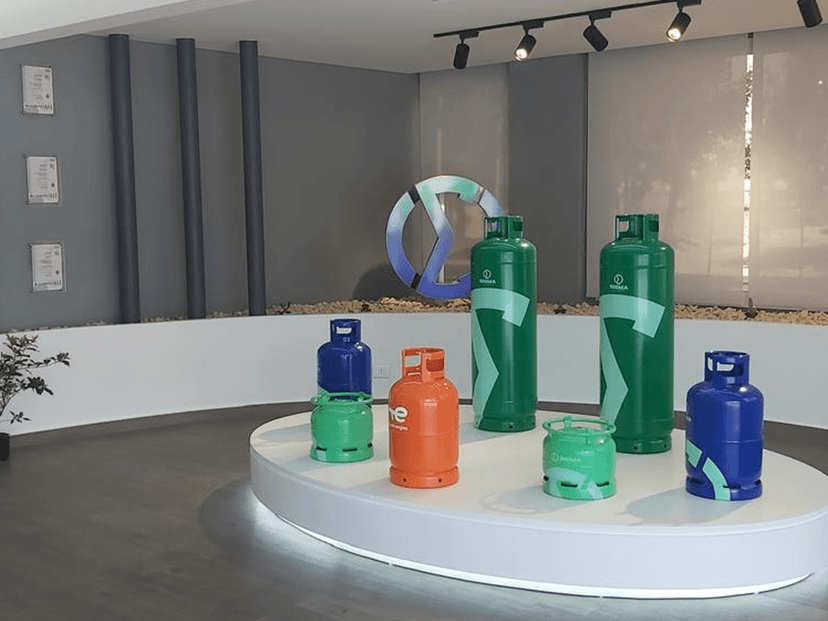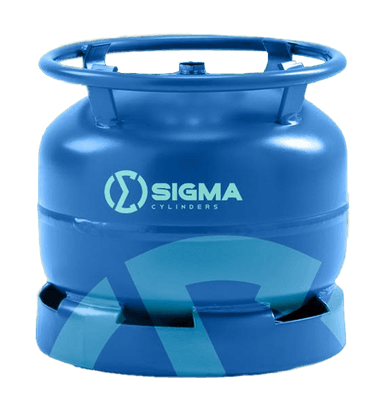Sigma Cylinders
Lab & Testing
We committed to providing safe and high-quality cooking gas cylinders through our rigorous lab and testing processes. For more details, call us now.
Sigma Cylinders' Specialists
Meet our Sigma Cylinders specialists. They consist of qualified designers and engineers ensuring the safety and quality of our cooking gas cylinders.
Welding Safety
Welding safety is our priority. We ensure your cooking gas cylinders are made with extreme caution and perfection. For more details, call us now.
ISO Certifications
Feel safe cooking knowing your LPG cylinder is ISO-certified. Trust Sigma Cylinders for quality and compliance. Call us for more details about our products.
Sigma Cylinders distinguishes itself through a diligent, systematic approach that consistently delivers superior quality. Its core operations are built on a uniquely precise and efficient model, supported by a carefully controlled and highly selective refurbishment process.

We value Operational Excellence: Our culture and mindset are focused on embracing business principles and tools to create sustainable improvement with Sigma Cylinders’ operations.
Work-life balance – Empowerment – Competence Development – Collaboration
We are committed: We are committed: At Sigma Cylinders, we are committed to delivering the safest products with the highest quality.
Seriousness – Sincerity – Affection – Loyalty – A sense of ownership – A sense of obligation.
We care for all: The true sense of caring for the communities. While caring about the environment, we cater to our communities’ energy needs.
Employees – Communities – Environment




Manufacturing
The Future of Industrial Training Our academy provides cutting-edge technical education for industry professionals. We combine theoretical knowledge with hands-on practical experience. Courses are designed by industry experts with decades of experience. Flexible learning paths accommodate both beginners and advanced learners. Certification programs are recognised by leading industrial organisations.
Refurbishment
Quality control and testing in the refurbishment department are even more rigorous, requiring additional procedural steps, heightened monitoring, and extensive inspections. Beyond visual assessments, Sigma Cylinders conducts comprehensive laboratory tests and uses borescope cameras to inspect the cylinder interiors precisely. Adhering to ISO safety standards, every cylinder undergoes thorough de-gassing and cleaning before any repairs begin. Repairs proceed only after meeting these stringent quality controls and inspections, ensuring the highest safety and reliability standards.

Flashback to July 11th, where our team in Côte d'Ivoire partnered with the National Agency for Tree Planting (SODEFOR), together with Oryx Energies, Pétro Ivoire, and TotalEnergies, to carry out our annual tree planting initiative.
Through these ongoing efforts, we aim to contribute to environmental preservation and support the communities we serve, because true growth is shared growth.







-1846183806.png&w=384&q=75)


